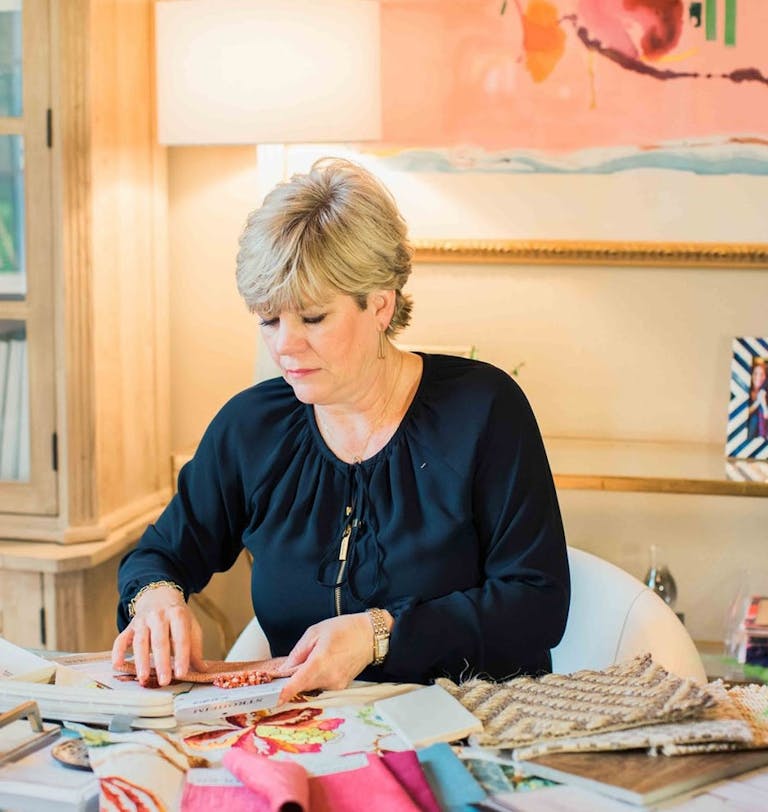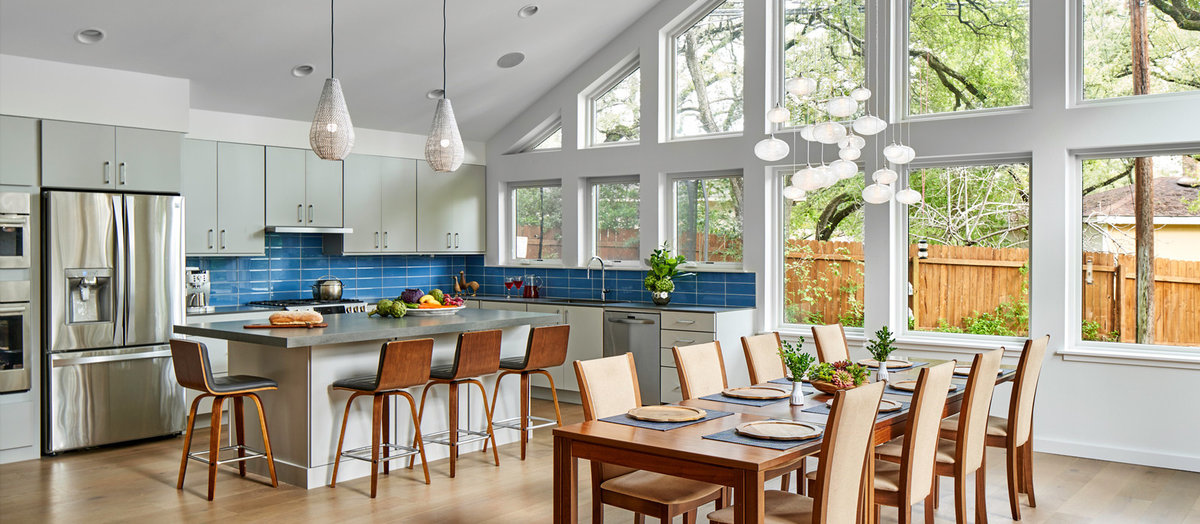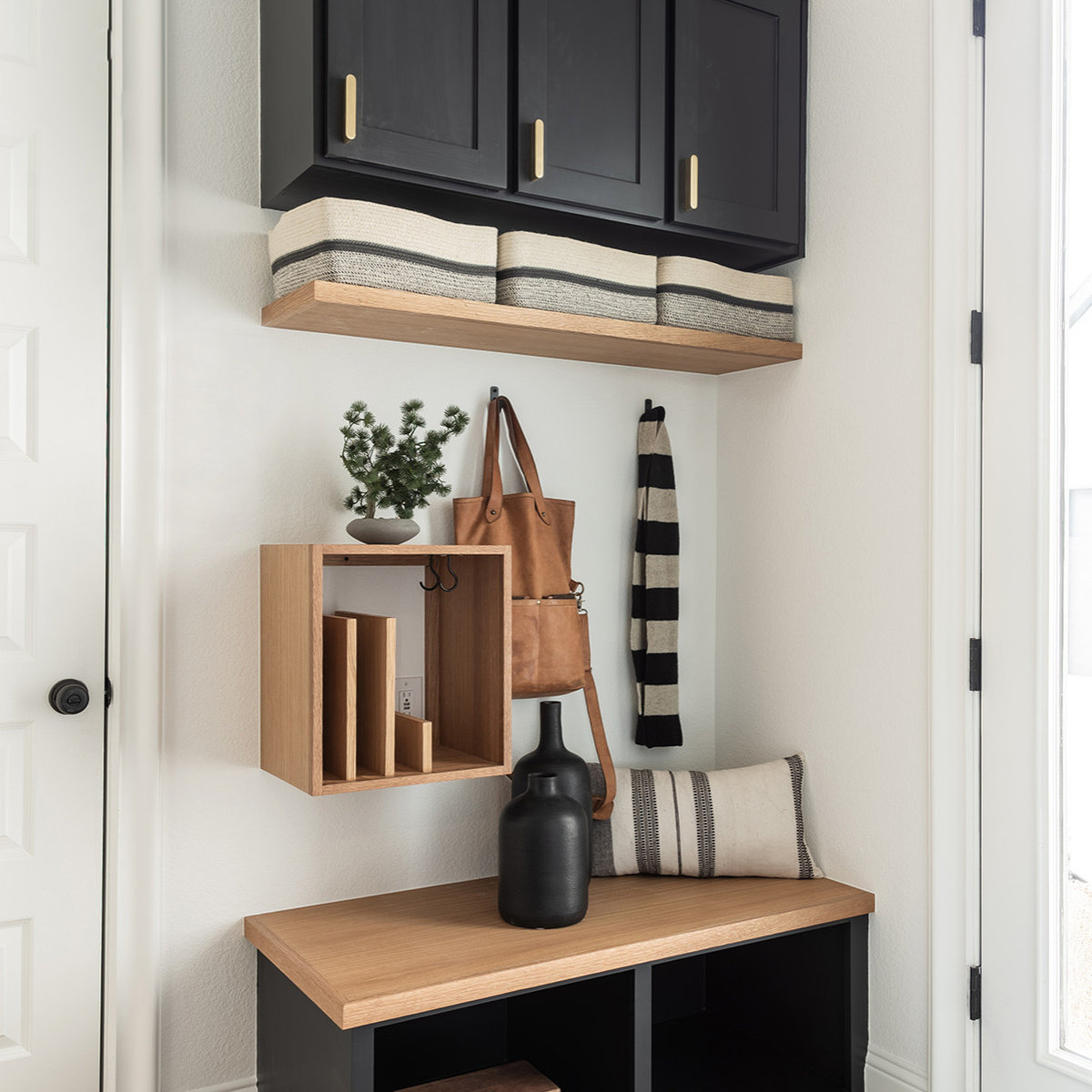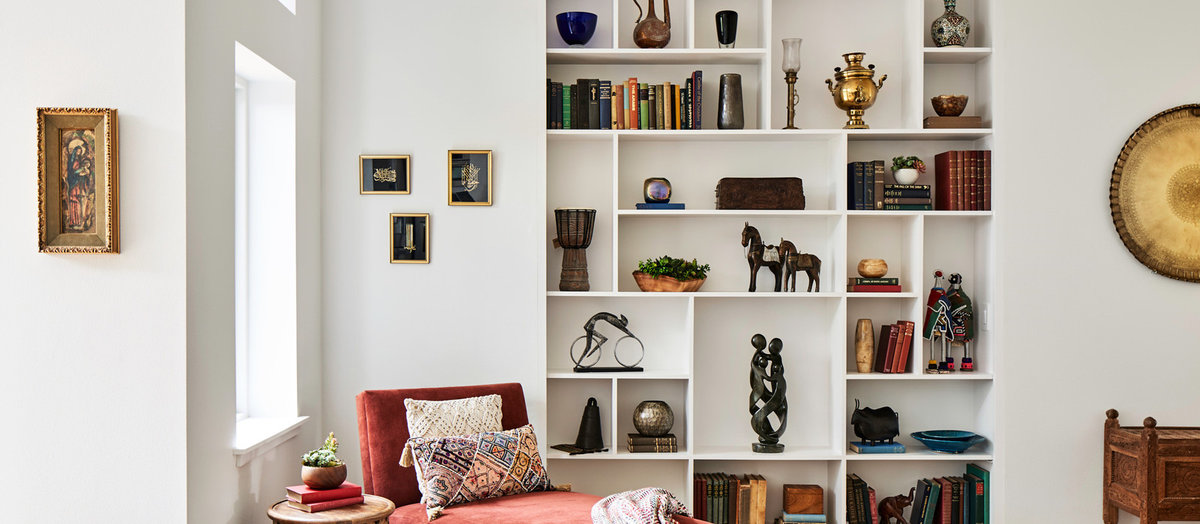How to Run Your Own Design Business Without Burning Out
To get some tips for managing all the aspects of your business without running yourself ragged, we talked to interior designer Beth Clark, President of the Portland, Oregon, chapter of the Interior Design Society in the US.

Being an interior designer is an exercise in multi-tasking. Every day is a juggling act of client meetings, home, site, and design centre visits, trouble-shooting, budget adjusting, sample book carrying, and managing client expectations. We've compiled Beth Clark's best tips and suggestions for effectively managing your long to-do list so you can work towards your business goals with excitement.
Finding New Clients
Building and adding to a client list is a key component to any business… but it takes time and effort to recruit new customers. One timesaving solution? Make sure your work is so great, word of mouth from happy clients does the legwork for you. “You want to make the client experience so good that your clients can’t keep from raving about you!” says Clark. “We need to remember we provide a customer service. If that service is excellent, clients will tell others.”
According to Clark, part of creating a stellar client experience is not just staying on top of trends and new products, but educating your clients on them too. Empowering your customers with your industry insights makes you more indispensable to them, and more likely to recommend your services to others.
Self-Promotion
Clark says that the best way to be efficient with your marketing efforts is to be intentional about your strategy and messaging, and then track your marketing data. “You also have to find what works for you… not everyone else. I joined a networking group that people raved about. But at the end of the year, I had earned nothing from the affiliation, so I knew it was better to move onto other marketing tools.”
Managing Project Costs
The most important aspect of managing project costs is understanding the budget constraints from the start, and working within those parameters. Having multiple go-to suppliers that have a variety of price points is also key.
“The other part of that equation is knowing your clients well,” Clark advises. “Some will appreciate being shown something that’s higher in price if it’s the detail that takes their design to a higher level. Others won’t. Have a backup plan in place if you’re not quite sure what they’re thinking so they know you’re taking both their design and bottom line into account.”
Labour costs are trickier than materials since you don’t have any control over them. “But what does help is being clear and concise with the information that’s needed for the work. Communication is crucial to helping you keep your labour costs from being higher. When I don’t give a contractor all the information they need, it will take more time for them to do the work. And we all know time is money,” adds Clark.
“Another thing I learned the hard way is I don’t need to buy every sample book or tool that’s available. The more things I have in my office, the more I have to manage,” she says. So if you’re not going to be pulling a sample book off your shelves often, consider borrowing it from a rep when you do need it, instead of buying it yourself. (After all, if you find you need it more often that you thought, it usually only takes two weeks to get a book delivered.)
Cash Flow
Never, ever… ever buy products until the client has paid! “That was drilled into my head in design school,” notes Clark. “There are a few times when I will break that rule. But only when I know the client well enough to know they’ll pay what they owe, or when the amount is small enough that it’s not going to be a financial strain if I don’t get paid. I’ve had to delay projects until the money is in my account at times, but I’d rather do that than run the risk of taking a financial hit.”
Finding the Right People to Work with
Time and perseverance are the building blocks of creating a list of trusted and reliable colleagues. “Start by asking people you know have the same standards as you do, then do your homework,” says Clark. “Don’t be afraid to ask contractors hard questions. It took me time and a few hard lessons to learn this for myself. It may feel uncomfortable at the beginning, but remember that you’re your client’s advocate on this project, and you need to ask as many questions as it takes so you know this relationship will work.“
Managing Client Expectations
A disappointed homeowner equals stress and strain on the client-designer relationship. So how do you manage their expectations from the start? “It’s all about communication! I’ve learned that I need to be in regular contact with my clients, even if it’s just to say everything is on track and there’s nothing new to report. When I don’t take the time to communicate, it almost always leads to problems.“
Working on the Go
Running between meetings. Lugging around samples. Eating lunch in your car. How can you minimise the stress of constantly working on the go? Clark has some tips.
“I work on planning my appointments so I have some down time to process all the information I take in during the appointment.” She schedules client appointments on specific days of the week so she can have time to work at a showroom the next day, creating a buffer of non-client time for her brain to recharge.
Clark also keeps a stash of energy bars or other healthy snacks on hand, or stops to get a cold drink, to nourish her body in between appointments. “It also tells my brain it’s time to take a break.”
And how about lugging around all those sample books? “I always tell my clients carrying samples is my workout routine! I put my smaller client samples in large vinyl pouches, along with their design plan details. Everything is organised and easy to grab.”
Clark also keeps sturdy tote bags that can hold a lot of heavy materials like sample books and tiles. In her car, she keeps a to-go bag of supplies like paint swatches, pens, notebooks, and tape measures. “These are things that I might not require at every appointment, but need enough on a consistent enough basis they need to be on hand.”
Scheduling and Time Management
Time management might be the trickiest aspect of running your own interior design business. Even for someone as well organised as Clark, it’s a constant challenge. “For me, it’s definitely a work in progress! And some days are easier than others. But I’m always learning new insights that will help me be more efficient with my time.”
“I recently realised how little margin time I put into my schedule, so I’ve been working on adding more into my calendar. I’ve noticed that when I do, distractions of a client problem or another surprise detail that pops up doesn’t derail my day.”
Another valuable lesson is that schedules can always be streamlined. Clark is constantly trying to refine her schedule so she doesn’t end up spinning her wheels. “I keep track of the things that take a lot of my time, especially the ones I dread doing, and look for ways to make them smoother, or even eliminate them altogether. When I ask myself why I do what I do and what the benefit is, that can help me see when I need to refine or get rid of it.”
Setting Boundaries with Clients
So many designers end up working after hours, and taking client calls late at night and on weekends. But those blurred lines have a huge impact on a designer’s work-life balance.
Clark creates clear boundaries by not answering texts or phone calls outside of business hours. “If I don’t respond, they can’t continue the conversation!” she quips.
But another helpful thing to keep in mind is that texting or calling after hours may not mean a client is expecting an immediate response. “I understand that sometimes those texts or calls are made not necessarily to have me drop everything to answer at that moment. They can be my client’s way of getting another item off their to-do list. Knowing this also makes it easy to wait and respond on the next business day.”





